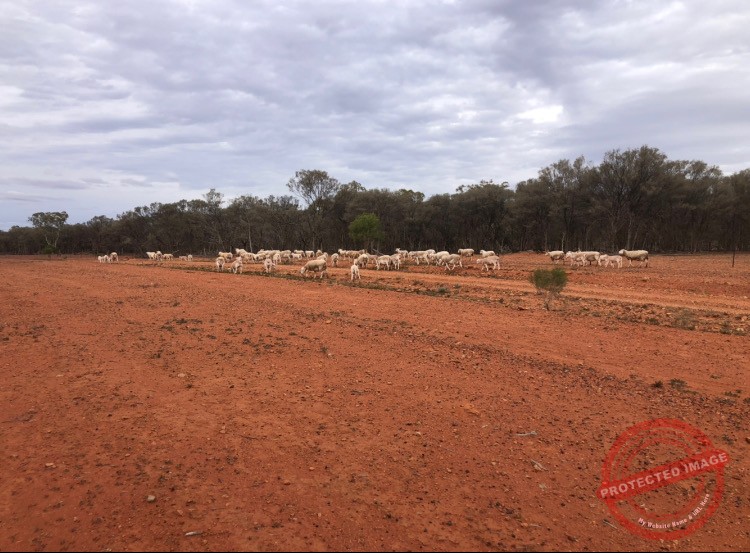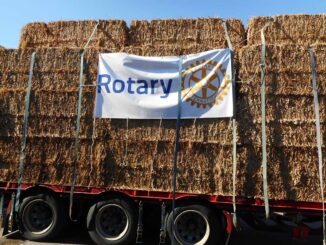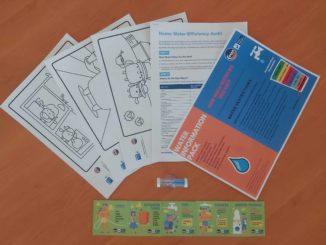
While the Cobar district has recorded some good rainfalls this year, the rain however hasn’t always been widespread and it also hasn’t been nearly enough to break the drought.
According to the NSW Department of Primary Industries (DPI) Combined Drought Indicator (CDI), as of the end of June the Cobar Shire area is listed in three drought categories—Drought Affected, Recovery and Non-Drought.
The DPI’s drought map however fails to take into account pockets of the Cobar Shire that are experiencing Intense Drought with landholders still cutting scrub, hand-feeding their stock and praying for rain.
Some of those landholders have been doing this for the past three years.
Local Gordon Hill has seen first hand the full effects of the drought in our shire through his coordination of the Rotary Club of Cobar’s Drought Relief Program.
Mr Hill and his small band of helpers have been assisting a large number of drought-affected landholders throughout the shire and wider western area region since September 2018 with donations of food parcels, drinking water, dog food and, when they can afford it, fodder deliveries.
He said while a good number of locals have received rain this year, there are however some landholders whose properties are located in “rain shadows”.
“They just seem to miss out on the rain.
“The weather pattern, particularly storm rain, tends to follow the same pattern,” Mr Hill said.
“There are about six to eight properties between the Louth and Bourke road that are in that category—they are still hand feeding out there.
“People out the west, whilst they haven’t had a real lot of rain, they have had more than what this group has had.”
Mr Hill said even on places where there are some signs of recovery, the landholders are still doing it tough.
One landowner he was speaking to last month told him that while they did manage to shear their remaining breeding stock this year, their wool got passed in for sale as the big buyers (China and Italy) have not been buying due to the Coronavirus.
“I saw him two weeks later and he said they did sell it but it was for a lot less than they were hoping for.”
The landholder told Mr Hill that they had only made enough to pay the shearers and cover the transport costs.
“We’ll continue to provide assistance until we run out of money or the drought ends, whichever one comes first,” Mr Hill said.

